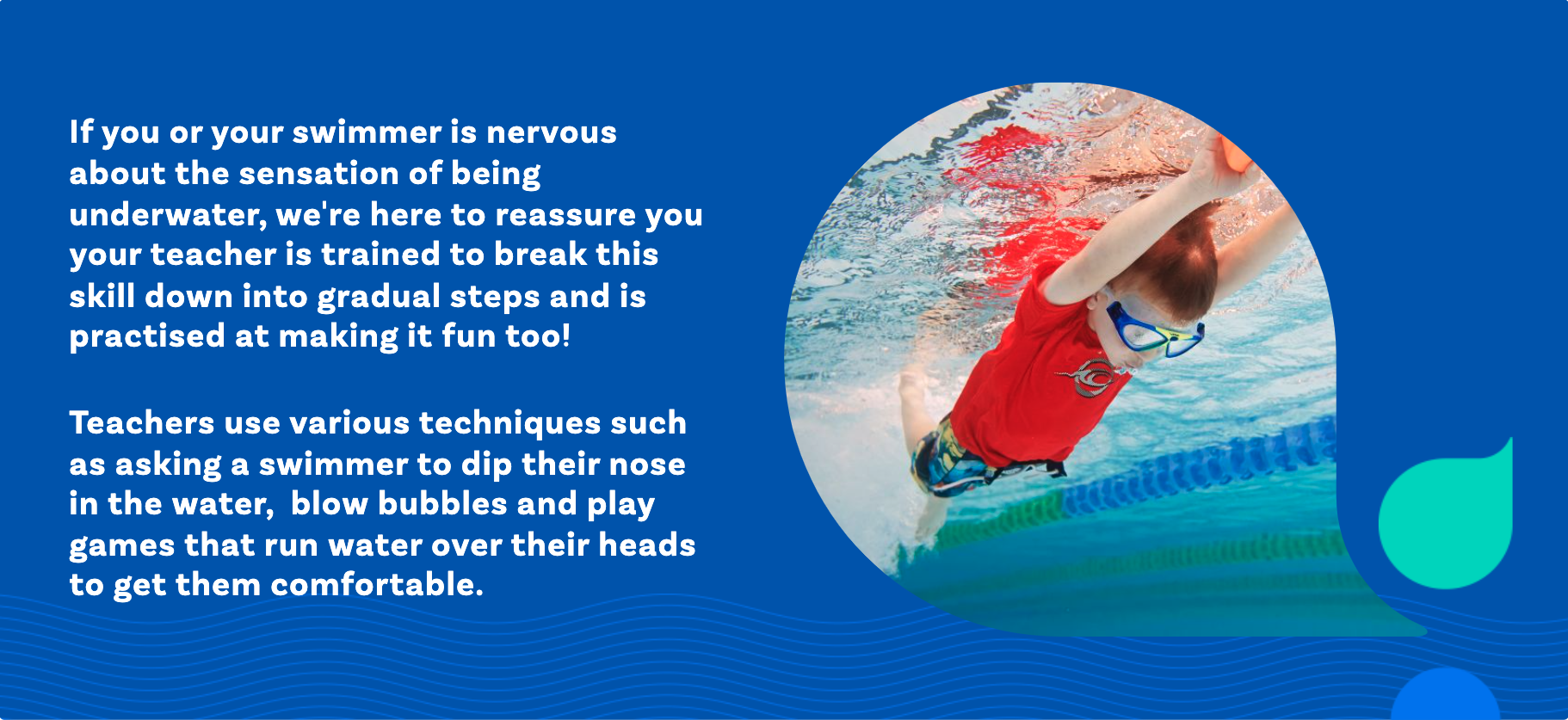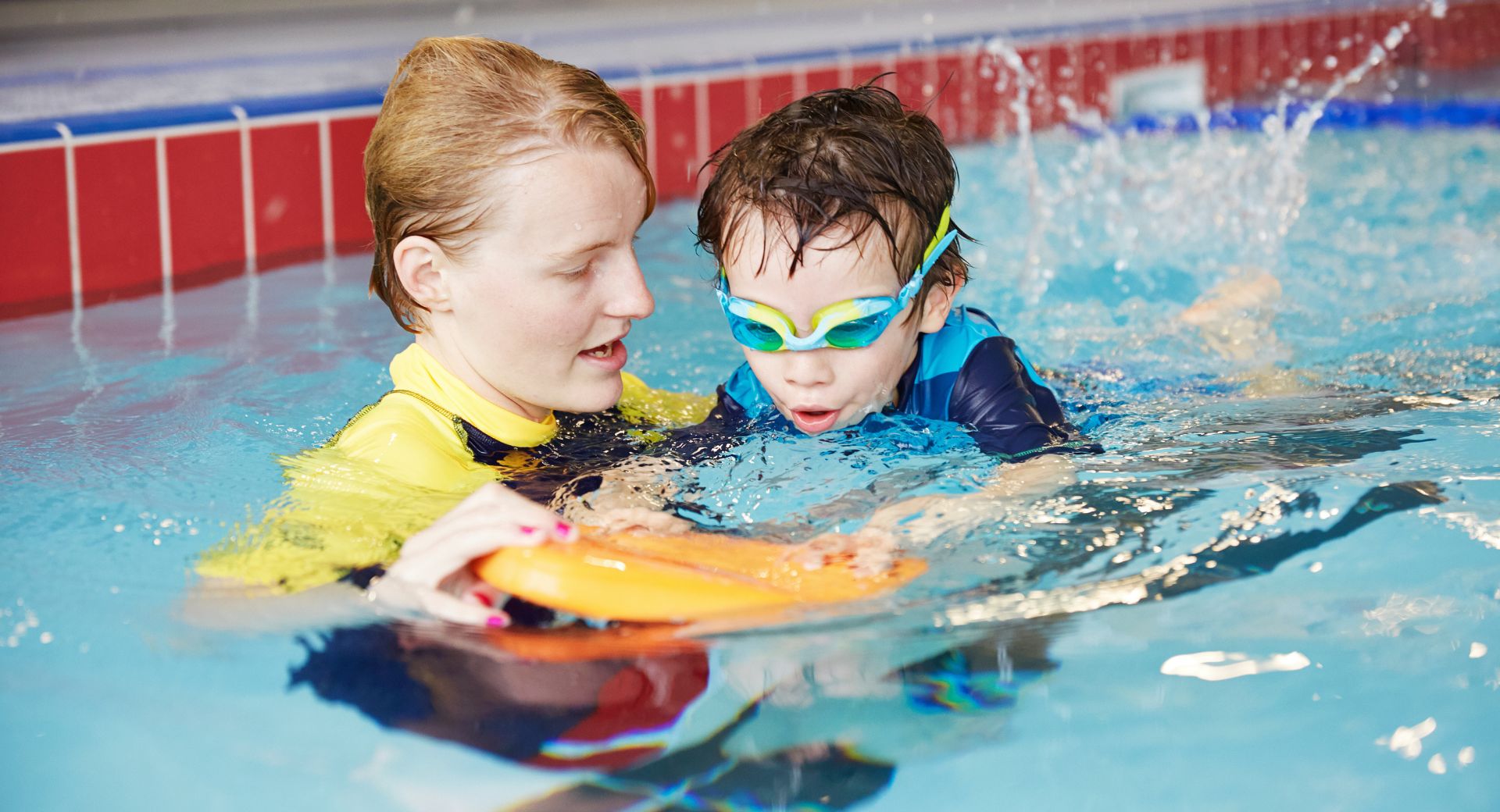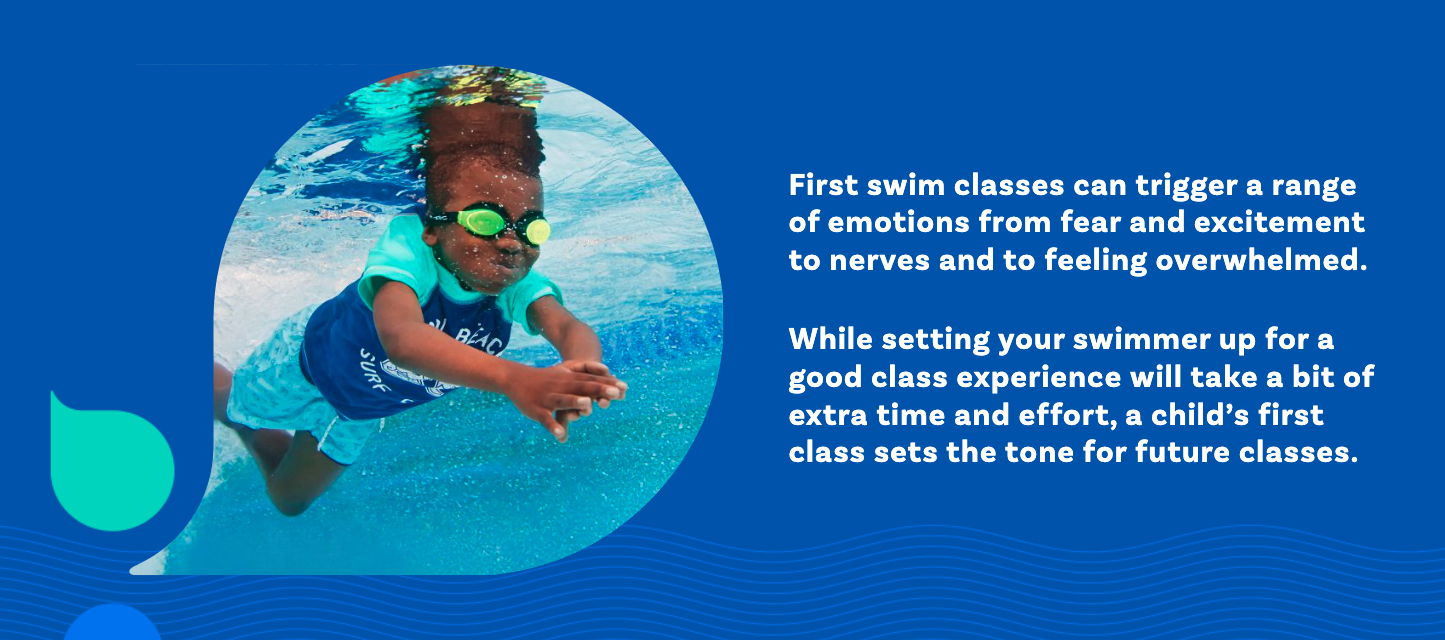
Answers to the 10 most popular questions parents ask about children’s swimming classes
1. How long will it take for my child to learn how to swim?
The honest answer is it’s difficult to predict how long it will take your child to be able to swim. It also depends on what your definition of being able to swim means. Most learn to swim programs have a learning outcome. For example, State Swim measures water competency against the ability to swim 400m of freestyle non-stop. This is our learn to swim goal and one we believe is achievable before the end of primary school. This gauge differs from Royal Life Saving’s benchmark, which states every Australian at the age of 12 years should be able to swim continuously for 50m. So before enrolling your child at your selected swim school, determine the program’s goal.
2. Can my child eat before their swimming class?
You probably grew up hearing “don’t eat 30 minutes before swimming”, and we’re here to tell you it’s sound advice. Like any sport or exercise, light snacks can be eaten half an hour before, but it’s best to wait to eat large meals until after your session to avoid regurgitation or discomfort. If your swimmer’s class is after school, giving them a pre-class snack can be tempting, but we’d suggest saving it for after class.
3. How will my swimmer be assessed?
Your swim school will outline how they review and assess a swimmer’s progress in their welcome package or induction process. More and more schools are running lessons year-round, offering continuous assessments rather than term-based classes that limit assessments to one per term. One of the many advantages of continuous assessments is swimmers are more engaged and motivated because reviews occur in every class. This means swimmers progress when they’re ready – whether that’s after two weeks or two months. Certificates and awards are presented to swimmers as they graduate each level and achieve milestones.
4. How long do swim classes tend to run for?
Learn to swim classes are 30 minutes and usually extend to 45 minutes as swimmers work on developing endurance. Half an hour is endorsed by the aquatic industry’s governing bodies, including AUSTSWIM, as it’s the optimal time for swimmers to observe, practice, and receive teacher feedback on the class’ learning goals as well as have fun and be safe. Plus, most swim schools program classes start every half-hour, so they’re easy to fit into your busy day, especially if you have more than one swimmer learning.
5. Why are most swimming classes group lessons?
Peer motivation, affordability, and socialising are just a few reasons group lessons are the preferred class type at most schools. Plus, group classes champion skill repetition. Learning to swim requires regular practice to ensure foundational skills become second nature, and it can be motivating for swimmers to witness classmates practising consistently to master a skill. Learning collaboratively can be particularly helpful when swimmers are advancing and are working on speed and endurance.

6. Will my child have to put their face in the water?
If you or your swimmer is nervous about the sensation of being underwater, we’re here to reassure you your teacher is trained to break this skill down into gradual steps and is practised at making it fun too! You’ll see teachers use various techniques such as asking a swimmer to dip their nose in the water, blow bubbles, and play games that run water over their heads to get them comfortable. Some swimmers find submersion easier than others – it may take one swimmer three classes to achieve the skill, while it might take another swimmer ten. The key is to remain consistent with attending classes at this time, as taking breaks can slow your swimmer’s progress.
7. Will the chlorine in the swimming pool water irritate my child’s skin?
Chlorine is necessary in pools to kill germs and create a healthy swimming environment. To minimise the risk of your child experiencing a chlorine skin irritation, find a swim school that uses an ultraviolet (UV) light water purification system. UV systems use light rays to purify water, keeping swimming pools clean and fresh while reducing their chlorine levels, which is gentler on children’s skin. Showering your child after their lesson helps reduce the risk of skin irritation, plus it also helps avoid making their skin dry. If your child has any skin or dermatological concerns, seek advice from your family doctor.
8. When do swimming classes run?
Swimming schools tend to either run classes all year round or during school term time only – this means regular classes are paused during school holidays. More and more swimming schools are running year-round lessons because swimming is a sport that requires regular practise to retain skills. Taking long breaks due to school holidays can mean having to relearn techniques or worse, retake classes. Whether you’re looking for after school or weekend classes we suggest finding a local swim school that fits your family’s schedule. Also, don’t forget to ask about cancellation and catch-up class policies; after all, it’s likely your child will be unable to make a lesson at some point, due to illness, holiday, etc.
9. Do children’s swimming lessons run during the school holidays?
Many swim schools offer school holiday programs, and these programs tend to be scheduled in four or five day blocks. Most swimmers usually attend one class a week, so the daily classes enable swimmers to condense an entire month of learning into a short space of time. If your swimmer is looking to grow their water confidence, achieve a specific skill or graduate to the next level, school holiday programs are the tool to get them there. Plus, they’re great at adding structure to your family’s holiday diary and guaranteeing some non-screen time.
10. Will I need to accompany my child in the pool?
Learn to swim classes are for children aged four years and older and do not require a caregiver to accompany the swimmer in the pool. However, a parent or caregiver must accompany their swimmer into the centre and ensure they arrive safely and on time
Are you ready to book your family’s swimming lessons?
State Swim has an eight-stage learn to swim program for children aged four years and older. When you join the State Swim family on a monthly payment option, you’ll enjoy perks, including unlimited Make-Up Vouchers, first access to book school holiday programs and 24/7 access to manage your bookings.
State Swim is a registered Swim Australia aquatic educator. All State Swim swimming teachers hold nationally recognised swimming and water teacher accreditations, Working with Children Checks and CPR qualifications.



